On May 23, 2021, the 26th Annual Amelia Island Concours d’Elegance will feature a special class that will showcase The Amelia’s affection for encompassing a wider view of the established normal and traditional Concours concept.
With the previous “Cars of the Cowboys” and “What Were They Thinking” classes being appreciated despite their non-traditional status, this year’s special class will be the ‘Weird & Wonderful‘.
So what can we expect in this class? Well, the first car starts in the 40s with a styling and design genius.
1948 Tasco Prototype
The new class will feature the 1948 Tasco Prototype, designed by Gordon Buehrig, being the designer of the Auburn 851 Speedster, and his “coffin-nose” Cord 810/812.
He used Tasco as an acronym for ‘The American Sportscar Company’. His project was the result of following the trend of having aircraft-inspired automobile designs. It was the same year that tailfins were found on the Cadillacs, inspired by the P-38, and the same year that for the first time, sports cars were raced along the streets of Watkins Glen.
The intention was for Tasco to be part of the races that were usually joined by imported, pre-war car models. Buehrig went beyond having an aircraft-inspired exterior as he designed the two-seat cockpit with hand controls and a binnacle. The front wheels had individual, steerable fairings that are reminiscent of the 1932 Boeing P26 “Peashooter” fighter.

The Tasco’s contours had aviation perspectives when seen from both inside and out. Buehrig may have been inspired by the prewar Coachcraft/Stengel Ford and John Tjaarda’s personal 1940 Lincoln Zephyr cabriolet as the Tasco was given a couple of transparent, lift-off roof panels. Buehrig took the design one step further, however, as he made his design with a couple of removable transparent roof panels that were anchored to the solid center section. He had invented – and patented – the T-Top.
Two decades later, Chevrolet introduced the T-Top on their 1968 Corvette. It was then that Buehrig showed Chevrolet that he has patented his “roof with movable parts” under US Patent # US2556062A (1951).
Buehrig eventually belittled his own prototype stating that it was designed more by a “committee of investors” than by his own hands. The Tasco was built on a 1947 Mercury chassis and engine and unfortunately never reached production, much less Watkins Glen. Its long hood and short cabin proportions are very similar to the classic pre-war European GTs.
2008 Vetter Extra Terrestrial Vehicle
Mike Vetter states he has never completed a design course in his life but designed the Extraterrestrial ETV by hand in Florida and sells them to people tired of the usual proportions on automobiles.
Source: CAR HISTORY
In styling contrast to the 1948 Tasco, the fiberglass body of the ETV is devoid of a flat surface or a straight line. Under the skin of the ETV is a real car with bits and pieces sourced from many cars like the Chevy Cobalt SS, Chevy Cobalt, Toyota Echo, Chevy Aveo, Toyota MR2, Honda Insight, and a Porsche Boxster.
The purpose of the ETV was to be a real car and to be used as such, but Vetter admits that the ETV is not aerodynamically optimized, particularly with its rounded back.

The hatchback layout provides normal car use, but it does not have the dynamic compromises that a lot of custom cars require. The concept might be weird, but his execution was admirable especially since Vetter seems to have the skills matched with the courage to create a car for himself, and for those who want the attention that the seemingly floating car delivers.
1963 Corvair Futura
The Corvair Futura is the perfect answer to… something. And thats what makes it perfect for the 26th annual Amelia’s Weird & Wonderful class.
The Corvair Futura was based on a Corvair Greenbriar van, but the center-steer Futura does not fit in any automotive category. The Corvair Futura is partly like a station wagon, and partly like a minivan, which was then not yet invented.

The sales concept of the Futura was based on Kaiser Aluminum’s desire to sell more aluminum by building more cars with an aluminum body. The Futura is capable of confusing even the most enthusiastic automotive guy. Just the perfect example to enter into the Weird & Wonderful class.
According to the long-time Amelia judge and the owner of F40 Motorsports and the host of MotorTrend’s “Chasing Classic Cars,” Wayne Carini, “I love unusual cars that no one else has.”
[Source: Amelia Island Concours d’Elegance]


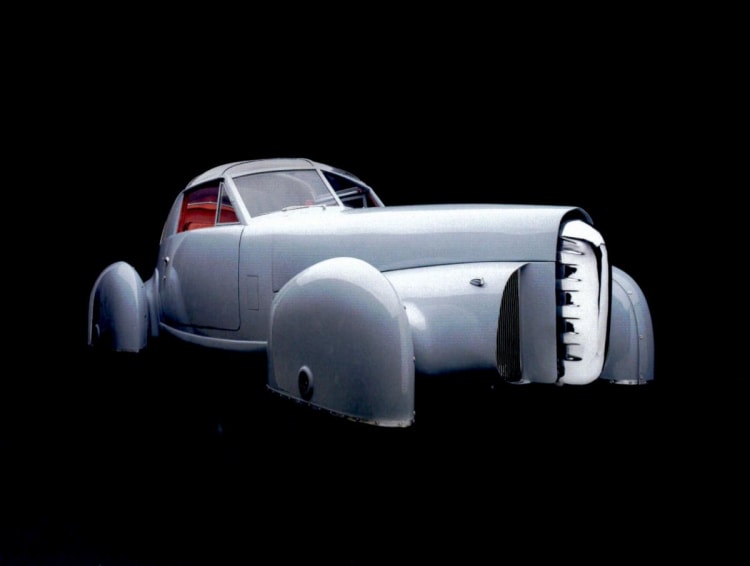

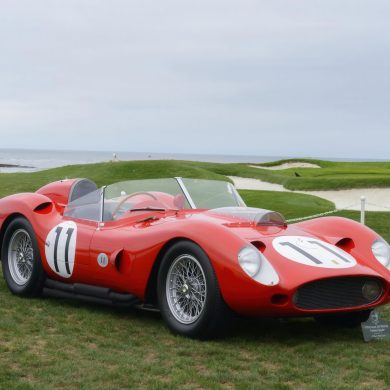

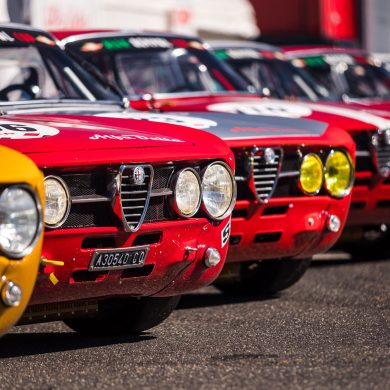
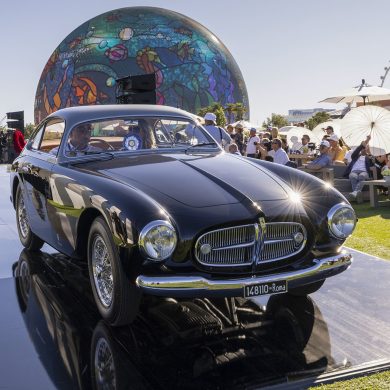
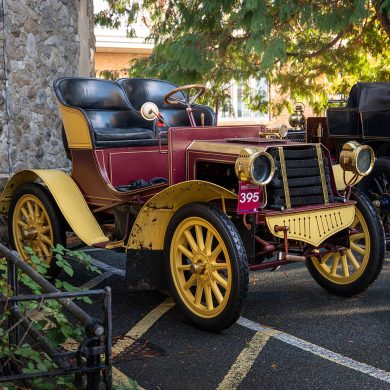


hello. Great photos of the Tasco.
I am writing an article on the Rolls-Royce 103 EX concept for the RROC Atlantic Lady.
The Tasco is such a neat comparison. May I have permission to use your photos.
Thank you, Bill Wolf